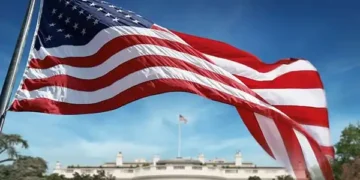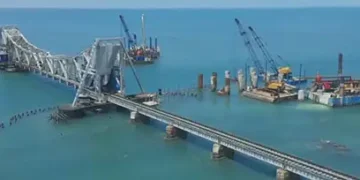Deepak Dwivedi
PRIME Minister Modi’s bilateral talks with President Biden on September 21 at the sidelines of the Quad summit highlight the important role played by the outgoing President in Indo-US relations.This cannot be accounted for by simply listing the numerous areas in which the two countries collaborate and cooperate. It involves what India has long sought – an understanding from the United States administration that India is sui generis, and policy measures applied by the US elsewhere will not necessarily fit this country.
This has meant accommodating India as a major defence partner, even though it is not a formal military ally and remains dependent on Russia for the bulk of its military equipment. Similarly, it involves the acceptance of India’s nuanced stand on the Russia-Ukraine war and its largescale purchase of Russian oil. It is also reflected in the role that India plays as the lynchpin of Quad, where it is the only member which is not a military ally of the US. This has also meant uncomfortably dealing with the alleged Indian transgression of being involved in an assassination plot of a US national.If proof was needed, it was available in plenty in the warm welcome that Prime Minister Modi received from President Biden in his hometown of Wilmington, Delaware, where he attended the sixth Quad summit and also conducted bilateral talks with his American counterpart.
Though US presidents’ pro-India tilt began with Bill Clinton, it was to the credit of the George W Bush administration that clearly articulated the importance of India to America’s calculations led to the Next Steps in Strategic Partnership in 2004 and the Indo-US nuclear deal in 2005. The green shoots of some of the developments of today were visible in the Obama administration. Obama’s 2015 visit to India saw the two sides signing on a ‘Joint Strategic vision for the Asia Pacific and the Indian Ocean Region’. The Trump administration was characterised by the enhancement of the official-level contact which now took the form of regular ‘2+2’ meetings between the Foreign and Defence ministers of the two countries. It was Trump who finally committed the US to the notion of shifting geopolitical gears by renaming the ‘Asia Pacific’ as the ‘Indo-Pacific’. The Quad was revived in 2017.
The Biden administration understood that India had a unique role in American calculations and it had to be the lynchpin of any American Indo-Pacific strategy. Under Biden, Quad was elevated to a leaders-level institution, steered towards a larger goal of taking on the Chinese challenge. India and the US took a huge step in May 2022 when at the sidelines of the Quad summit in Tokyo, they announced an Initiative for Critical and Emerging Technologies (iCET).
A Joint Statement issued after the talks between PM Modi and Biden on September 21 listed the achievements arising out of the efforts of the past several years. These included the establishment of a semiconductor fabrication plant to make infrared, gallium nitride, and silicon carbide chips for defence and high-tech applications. Another project through Global Foundries was setting up a GF Kolkata Power Center for R&D in chip manufacturing linked to the Internet of Things (IoT), vehicles AI, and data centres. The statement also listed the progress made under the US-India Defence Industrial Cooperation Roadmap.
































